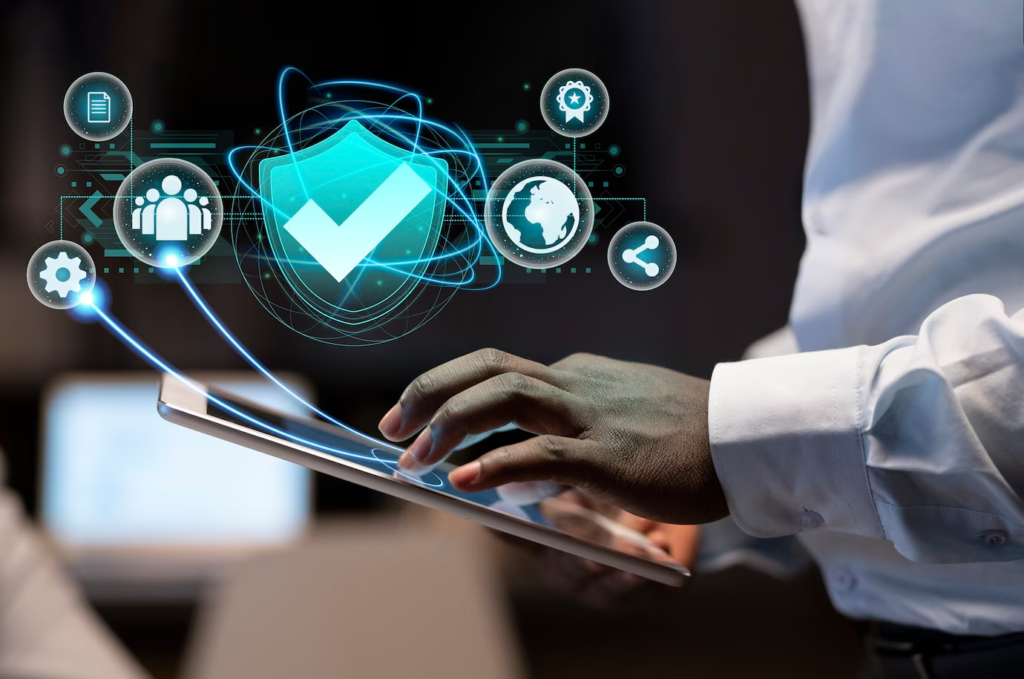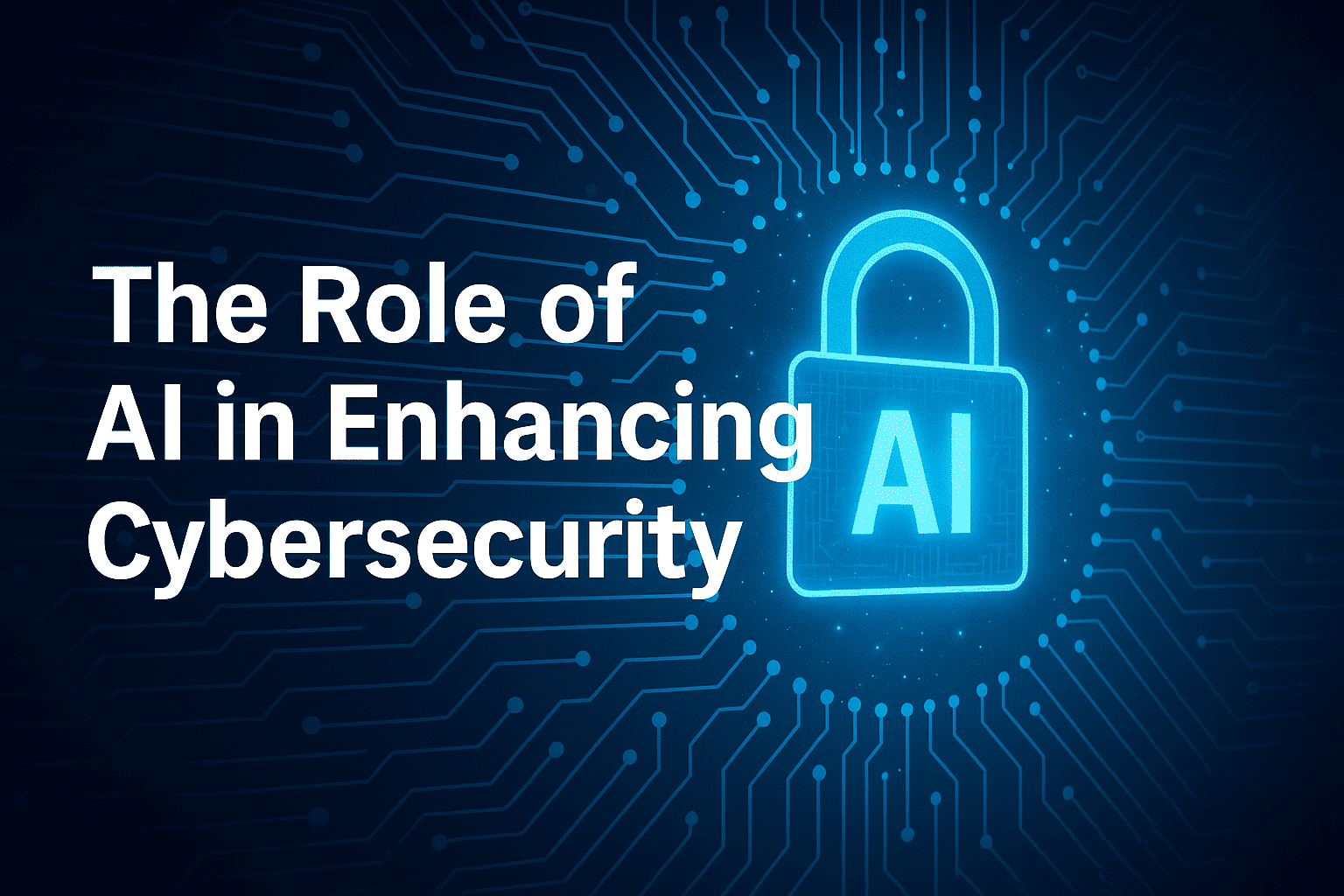Introduction: The Rise of Smarter Cyber Defense
Evolution of Smart Cyber Defense In today’s fast changing digital environment, cyber dangers are advanced and evolving. Hackers are not simply reusing strategies, but they are also exploiting intelligence-driven technology to take over our systems.
Here’s where AI in cybersecurity comes in.
Artificial intelligence is enabling security teams to better detect, analyze and respond to attacks at a rate never seen before. It is no longer a future notion; rather, it is a real-world technology that will assist organizations in combating data breaches and assaults by 2025.
What is AI in Cybersecurity?
AI in cybersecurity, sometimes described as machine intelligence, is about using networks to protect data and systems from digital threats. It learns patterns, monitors activities, and detects when users are behaving in suspicious ways in real time.
Some of the key components include:
- Machine Learning (ML): AI that learns from past attacks and improves its performance over time.
- Natural Language Processing (NLP): Helps AI understand human-written threats in emails or chat systems.
- Behavioral Analytics: Detects unusual behavior that may signal a cyber threat.
In simple terms, AI can think, learn, and react—just like a human, but much faster.

Why AI is the Future of Cybersecurity
Businesses are now dealing with millions of data points per day. Humans just can’t manage everything.
This is where AI cybersecurity tools shine.
- They evaluate large amounts of data instantly.
- Detects zero-day threats (new and unknown attacks).
- They eliminate false positives, saving security teams time.
- They respond quickly and prevent risks from occurring.
AI-driven cybersecurity saves companies time and money while also reducing the risk of large-scale attacks.
Real-World Applications of AI in Cybersecurity
Let’s look at what situations AI is being used in now in cybersecurity.
1. Email Security
AI filters out phishing attacks by looking at email patterns and the sender’s behaviors and links.
By doing this, it keeps users safe from opening malicious attachments or clicking on fraudulent sites.
2. Endpoint Protection
AI-driven antivirus systems function well beyond signature-based detection.
They monitor how software behaves, and they will go as far as instantly blocking or removing anything that looks suspicious—even if it is an entirely new virus.
3. Network Security Monitoring
AI tracks everything on a network. If AI detects any unusual spikes or access attempts, it alerts the team or even blocks access entirely.
4. User Authentication and Access Control
AI considers login times, login locations, and general user behavior. If an employee logs in from an unfamiliar area, AI will flag or block that access.
Benefits of Using AI for Cybersecurity in 2025
There are clearly advantages associated with using AI for cybersecurity:
- Faster detection of threats – Detect threats in seconds rather than hours
- Real-time response – To automatically shut down threats before harm occurs.
- Better analytics – AI helps teams make better decisions based on actionable data.
- 24/7 protection – You cannot turn AI off; it is always on.
- Scalability – AI can help protect you as a small business or as a large corporation.
With AI, even small companies can afford smart protection without needing to hire a large IT team.

Fortinet’s Role in AI Cybersecurity
Fortinet, a recognized leader in cybersecurity, recognizes that AI has a key role in creating smarter, more effective defence systems.
Fortinet’s AI-based tools can:
- Detect known and unknown malware
- Examine traffic generated by Internet of Things devices
- Automate threat investigations along with threat responses
- Keep some of the workload off security teams
Fortinet’s AI-enabled firewall and threat intelligence platforms are examples of leading-edge defenses available in cyber security today.
What’s Next: The Future of AI in Cybersecurity
Looking ahead, AI will become even more advanced. Here’s what to expect:
- Predictive AI will forecast threats before they happen
- Self-healing systems will fix themselves after attacks
- AI + Blockchain will bring new levels of data security
- Deeper integration with cloud services for hybrid work models
By 2025, AI won’t just help with cybersecurity—it will become the core of digital protection strategies worldwide.
Explore more tech updates here → Click here
More Resources:
https://www.ibm.com/ai-cybersecurity
https://www.microsoft.com/en-in/security/business/security-101/what-is-ai-for-cybersecurity


1 thought on “The Role of AI in Cybersecurity & Digital world”